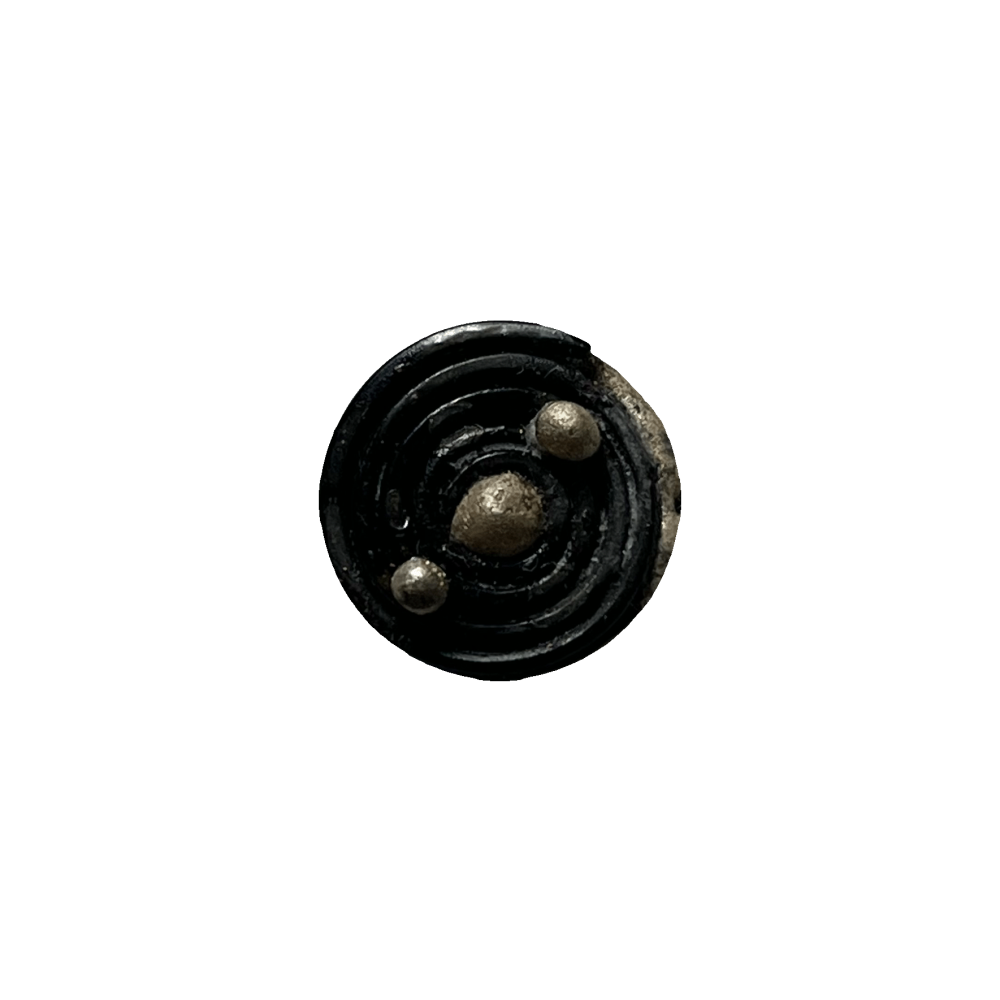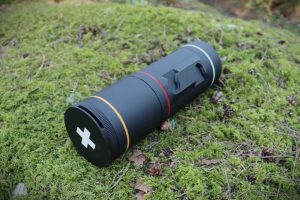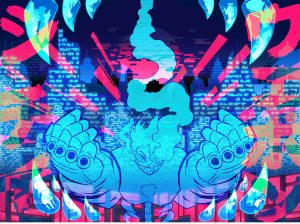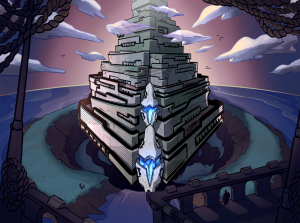- #Body
- #Care
- #Children & Childhood
- #Comfort
- #Community
- #Conceptual
- #Connection
- #Culture
- #Death
- #Embodied
- #Emotion
- #Family
- #Fragment
- #Handmade
- #History
- #Home
- #Identity
- #Immigrants
- #Installation
- #Language
- #Material
- #Mixed Media
- #Multidisciplinary
- #Narrative
- #Object
- #Personal
- #Portrait
- #Reflection
- #Relationships
- #Sculpture
- #Self
mnogo pozdravi
Kalina Lashkova

40in x 16in
Suspended
Materials: Brass rod, half-round wire, solder, horse hair, Soviet era film portraits, photo transfer
Definition from Oxford Languages
[lock·et]
noun
- a small ornamental case, typically made of gold or silver, worn around a person’s neck on a chain and used to hold things of sentimental value, such as a photograph or lock of hair.
Wikipedia defines a locket as: a pendant that opens to reveal a space used for storing a photograph or other small item such as a lock of hair. Lockets are usually given to loved ones on holidays such as Valentine’s Day and occasions such as christenings, weddings and, most noticeably during the Victorian Age, funerals.
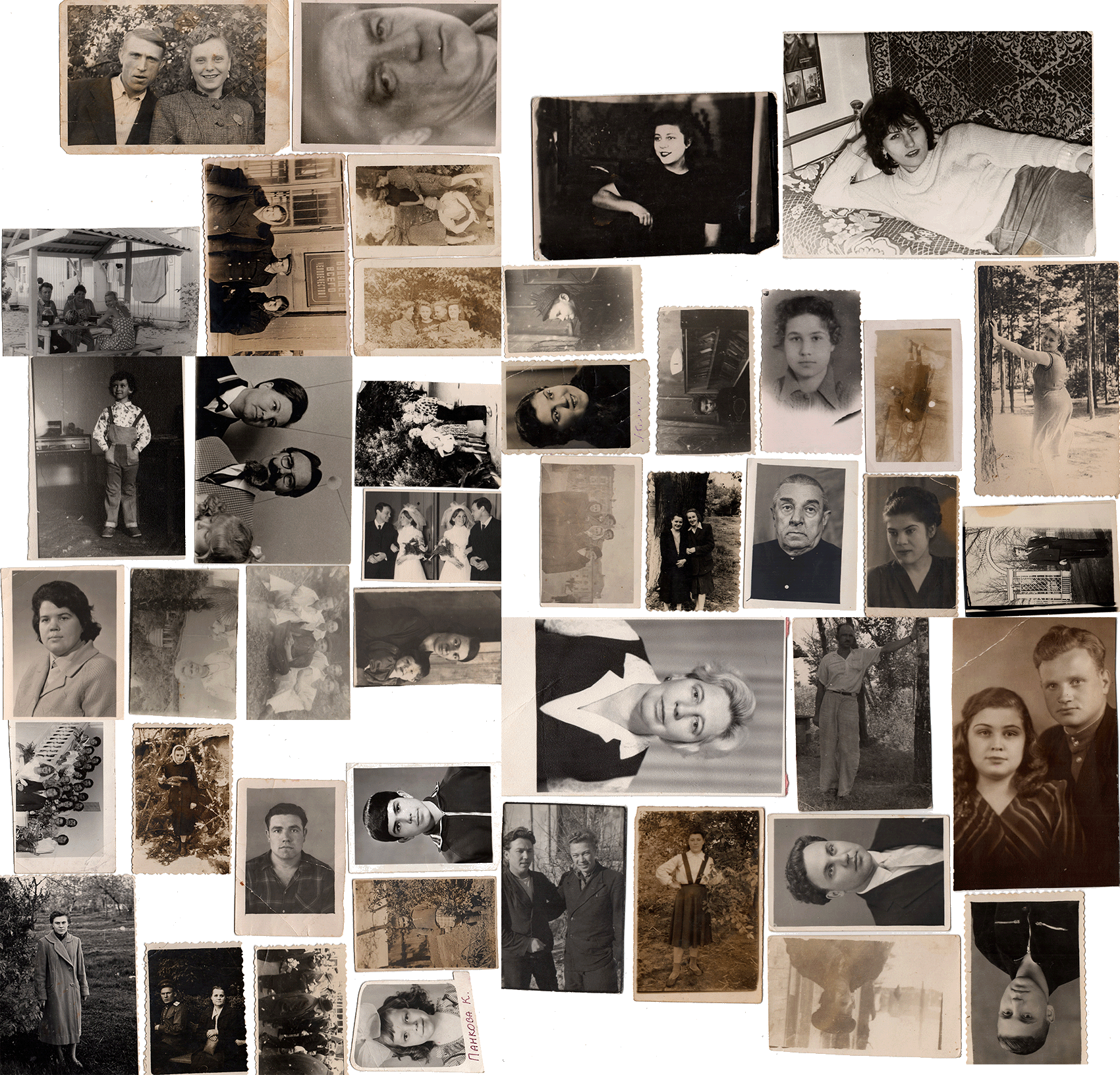
In the Bulgarian language, mnogo pozdravi [phonetic pronunciation] is a phrase used to greet a loved one
who isn’t present in the room–to let them know they’re being thought of. It is commonly used in conversation & over the phone. The direct English translation is many greetings.
This work consists of 44 found portraits from Soviet Era Russia, with a sibling portrait split in two. An additional photo transfer is included. Brass rod is used to hold these photographs, each one fit together & connected with wire bindings. Where the brass intersects, brown horse hair is braided over it’s joints. The piece is linked by chain & suspended to cast a shadow onto itself.
The frame alludes to a mirrored heart in wrought iron fence architecture, appearing in Vancouver neighbourhoods & existing across regions that utilized the material. The heart is a classic design that is easily shaped to depict a motif of the body symbolizing love, among other ties. Wrought iron was historically used to build structures, ships, & adornments for landmarks, meaning it had to withstand the wearing of time.
The act of being loved, remembered, & cherished is captured in a physical photograph, preserving souls intertwined by fate in this locket.
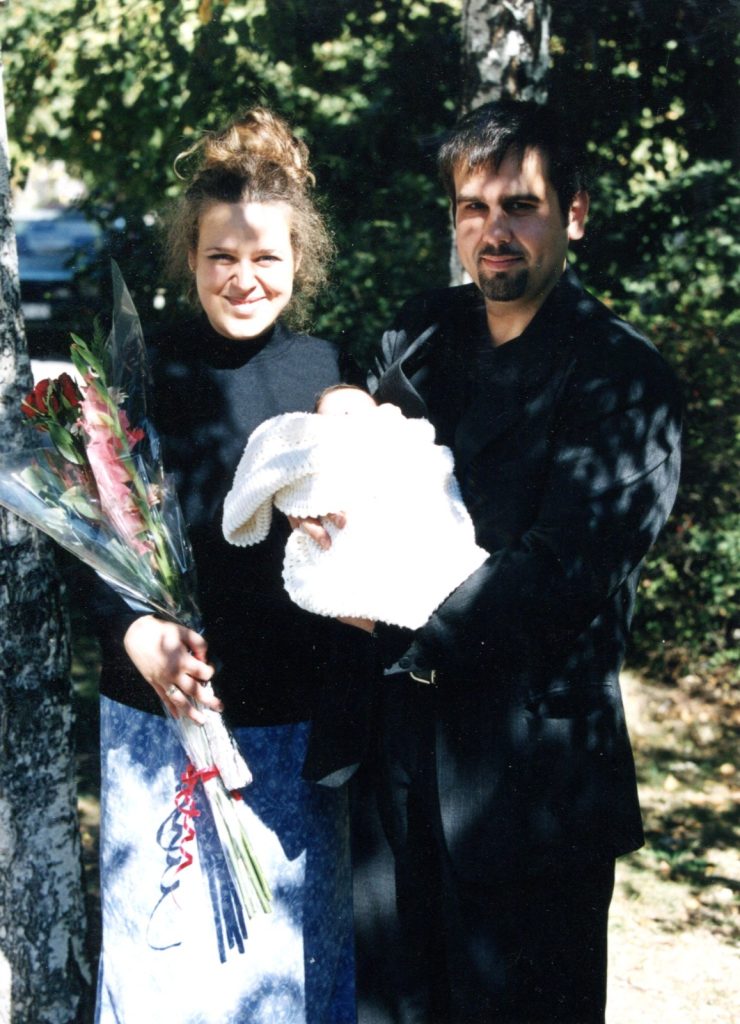
Photograph captured on October 9, 2001 in Sofia Bulgaria. Depicts Kalina held by her parents Zara & Boyan outside of Second City Hospital.
Kalina was brought to Canada in 2003, after a year of being raised by her Baba in Bulgaria, while her parents established a foundation for the family in Edmonton Alberta.
This image is gray-scaled & transferred onto an existing film backing, included in the center of mnogo pozdravi.
mnogo pozdravi is an homage to a home that was never fully experienced. A home that presents itself in the form of friends & family, strangers, language, physical spaces; yet remains where it has always existed & can be returned to. The people depicted in these portraits aren’t related by blood to the artist. They blanket a period of time lived by her parents & grandparents during Communist Bulgaria–spanning around 44 years–facing their own coming of human experience.
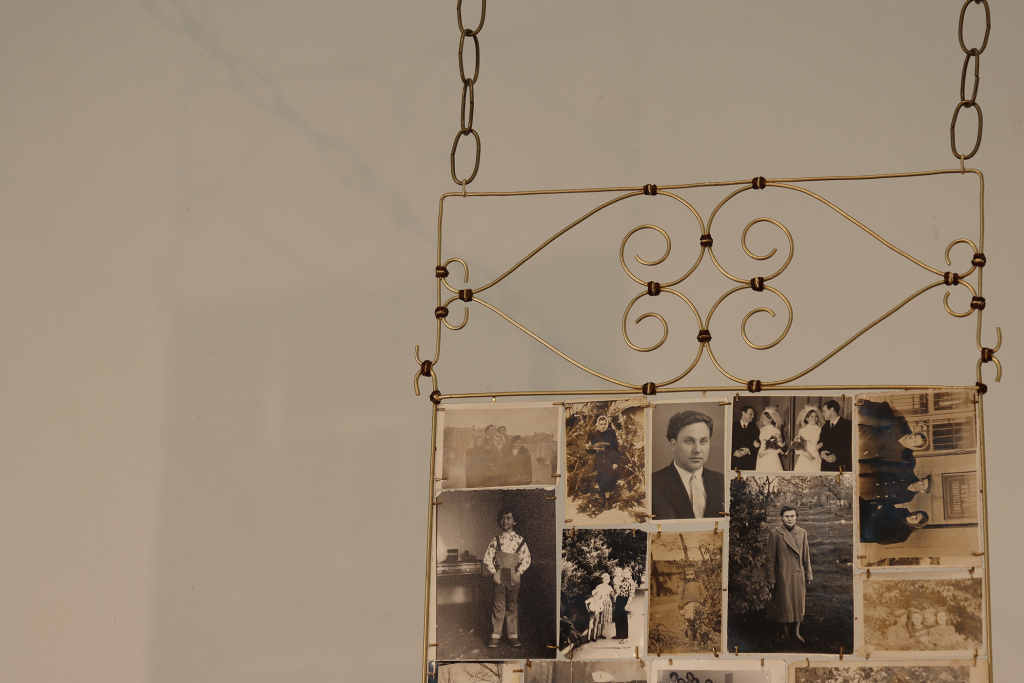
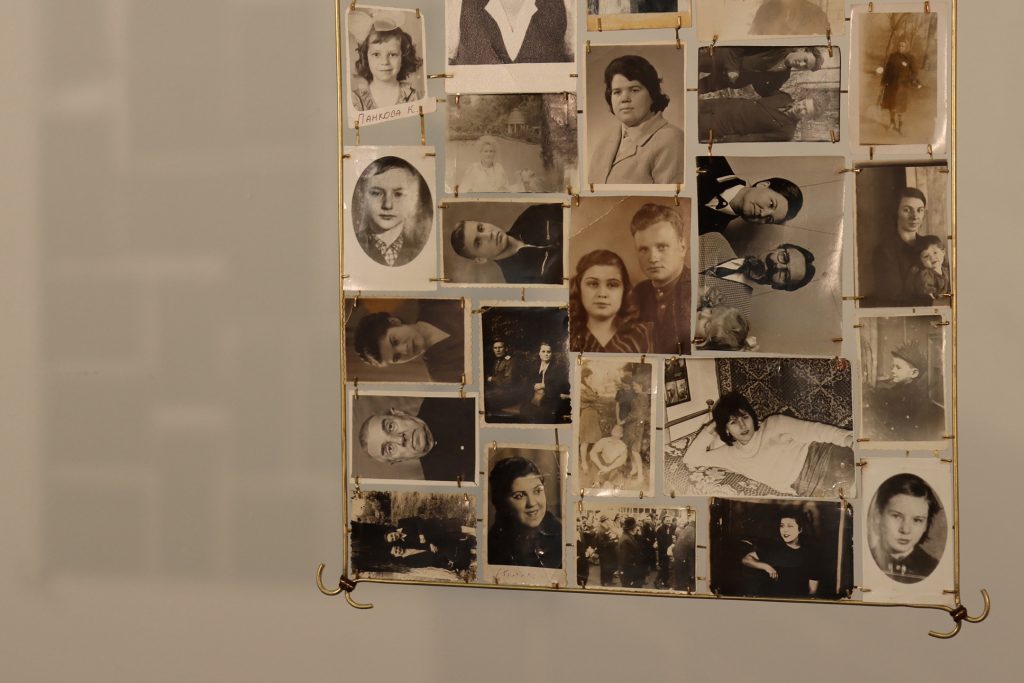
As a child, Kalina received a locket from her Mom’s friend–the two met in Edmonton & bonded over their Bulgarian roots. This locket remained empty for a number of years, unsure of what to hold.
Additional information–the artist’s Baba lives along the Danube river, which holds a gorge between Serbia & Romania’s boundary known as the “Iron Gates”. The last King of Dacia has his face carved into the stone of the cliffside.
